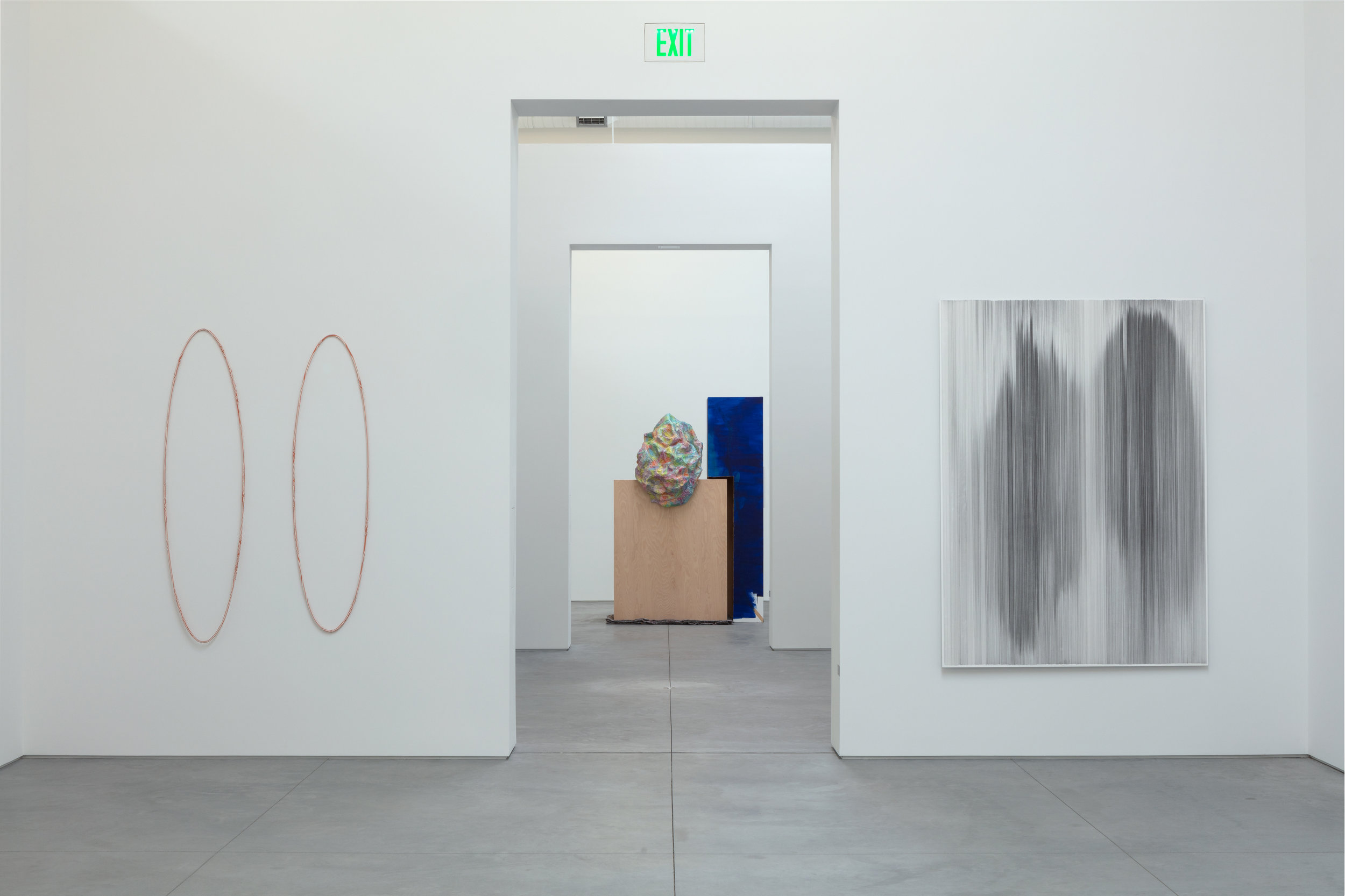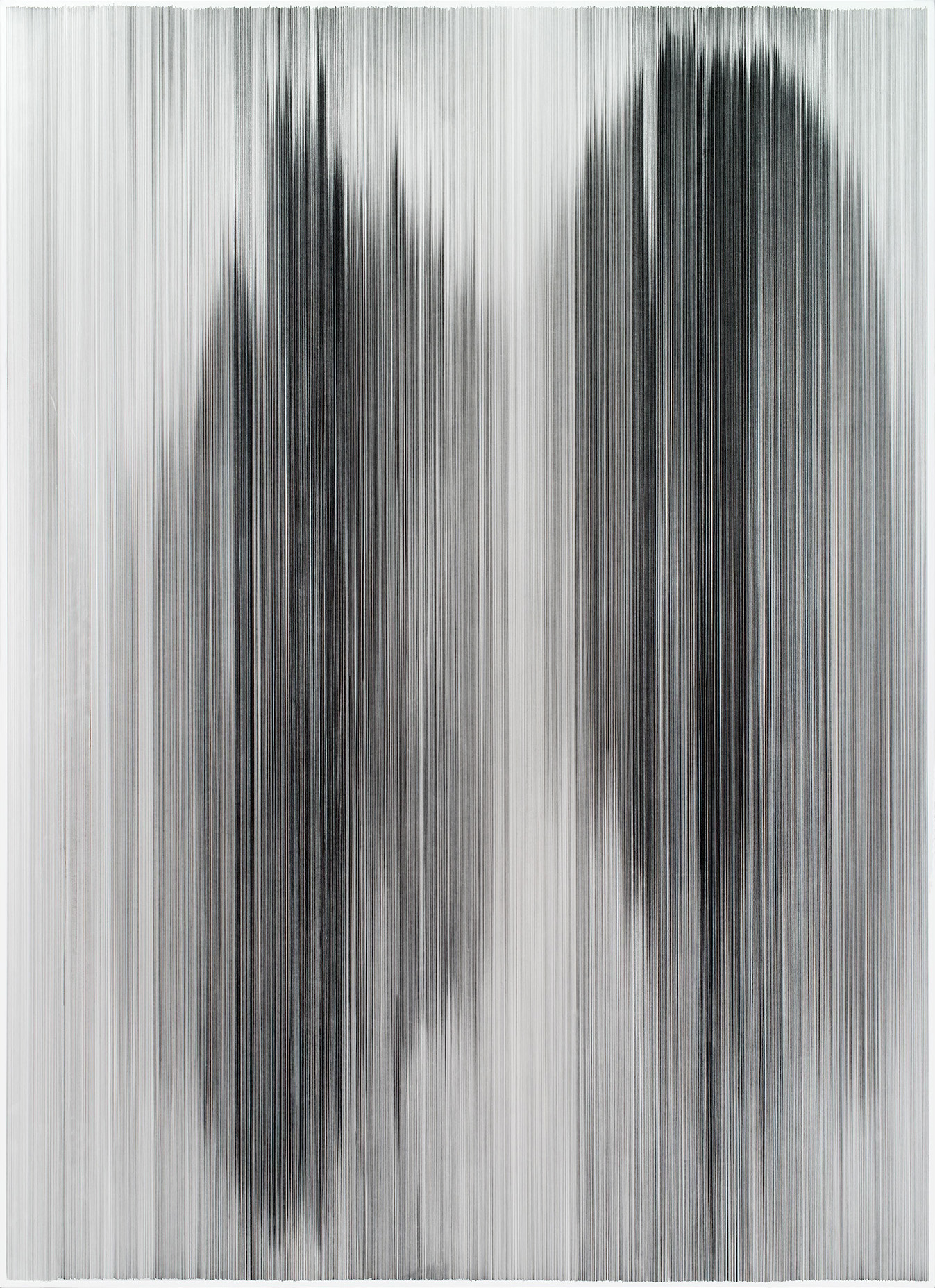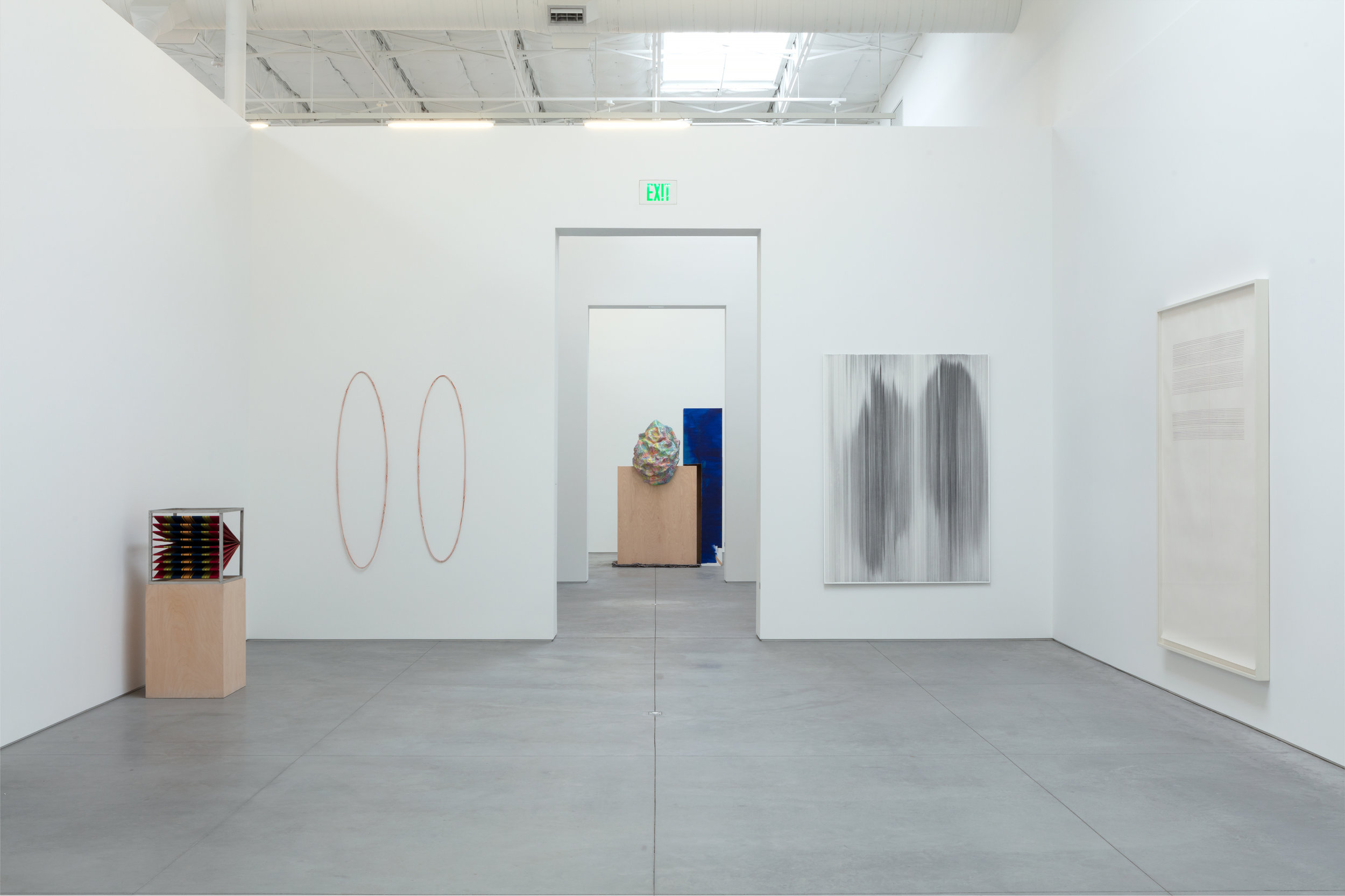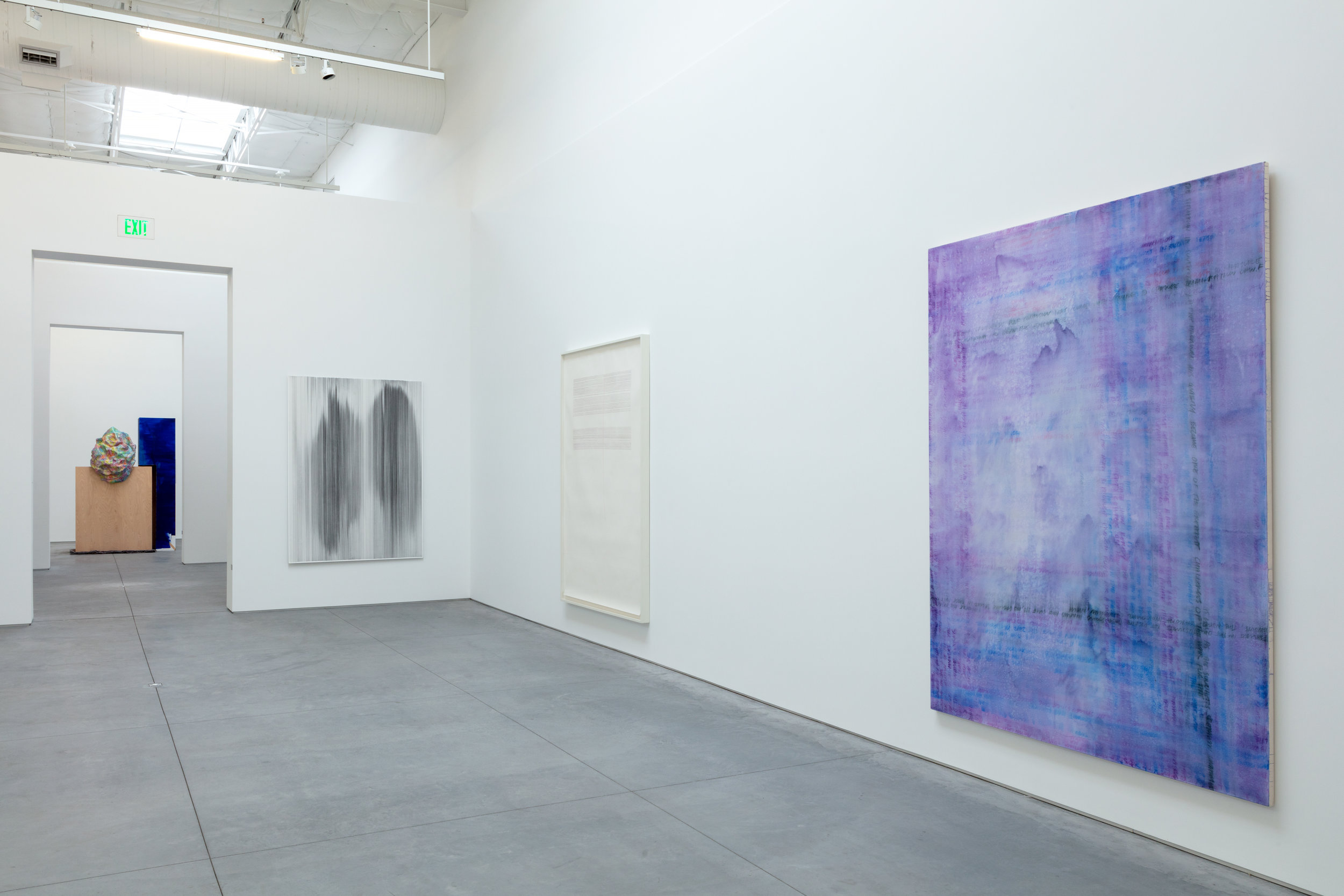topologies
The Warehouse Dallas
Dallas, TX
early summer thru December 28, 2018
curated by Mika Yoshitake from The Rachofsky Collection, the Dallas Museum of Art, Deedie Rose, and Jennifer and John Eagle.
Artists throughout the post–World War II period have been fascinated by the ways in which space can be activated. One key model has been the notion of topology (“logic of place”), which centers on the concept of geometric transformation, in which space and shape can be expanded, contracted, distorted, and twisted while the structure of the object remains constant throughout.
Taking this definition as a launching point, topology appeared in postwar art in the late 1960s. A turn away from the fixed structures of Euclidean geometry and empiricism, topological properties as applied in art include connection via a breakdown of boundaries, the use of open structures, and a cross-pollination of disciplines that questions systems of knowledge. Movement and change, rather than a static object itself, constitutes the artwork. Topologies demonstrates how this mathematical field and its implications came into use by visual artists who were expanding systems-based practices in a variety of media around the world.
Two conceptions of topology by artists whose works are on view at The Rachofsky House provide key axes to this exhibition. In Japan, the idea was interpreted through a physics of form foundational to the Mono-ha group’s breakthrough Land art piece Phase—Mother Earth (1968) by artist Nobuo Sekine, which operates on a continuous renewal of perception through a cycle of creation and recreation. In the United States, artist Dan Graham introduced topology in his seminal essay “Subject Matter” (1969), describing perceptual effects in process-based practices in which “the spectator’s visual field . . . shifts in a topology of expansion, contraction, or skew.” Together, these ideas from different parts of the world establish the radical significance of the idea that form may remain continuous despite changes that occur over time.
Gathering more than 100 works created between 1952 and 2016 by 61 artists, Topologies offers both snapshots of particular moments in time and historical lineages that unfold over years. It draws from The Rachofsky Collection’s strong formal and conceptual holdings on international practices that emphasize process and materiality. The show expands on themes including permutation and distortion in space, inversions and other shifts in the body’s phenomenological relationship to space, material transition based on gravity and entropy, the politics of displacement, and reconceiving abject encounters between the synthetic and organic.
Mika Yoshitake, exhibition curator
Artists:
David Altmejd
El Anatsui
Janine Antoni
Leonor Antunes
Mel Bochner
Alighiero Boetti
Geta Bratescu
Alberto Burri
Chung Chang-Sup
Alice Channer
Lucy Dodd
Kōji Enokura
Luciano Fabro
Peter Fischli / David Weiss
Lucio Fontana
Helen Frankenthaler
Marcius Galan
Felix Gonzalez-Torres
Ann Hamilton
Rachel Harrison
Minoru Hirata
Jim Hodges
Shirazeh Houshiary
Pierre Huyghe
Park Hyunki
Akira Kanayama
On Kawara
Lee Kun-Yong
Yayoi Kusama
Liz Larner
John Latham
Annette Lawrence
Barry Le Va
Seung-Taek Lee
Anne Lindberg
Dashiell Manley
Cildo Meireles
Marisa Merz
Natsuyuki Nakanishi
Bruce Nauman
Hitoshi Nomura
Shinro Ohtake
Gabriel Orozco
Kiyoji Otsuji
Sigmar Polke
Robert Rauschenberg
Pipilotti Rist
Analia Saban
Shozo Shimamoto
Fujiko Shiraga
Frances Stark
Jiro Takamatsu
Cheyney Thompson
Rikrit Tiravanija
Gunther Uecker
Lee Ufan
Paloma Varga Weisz
Tsuruko Yamazaki
Toshio Yoshida
Kwon Young-Woo



